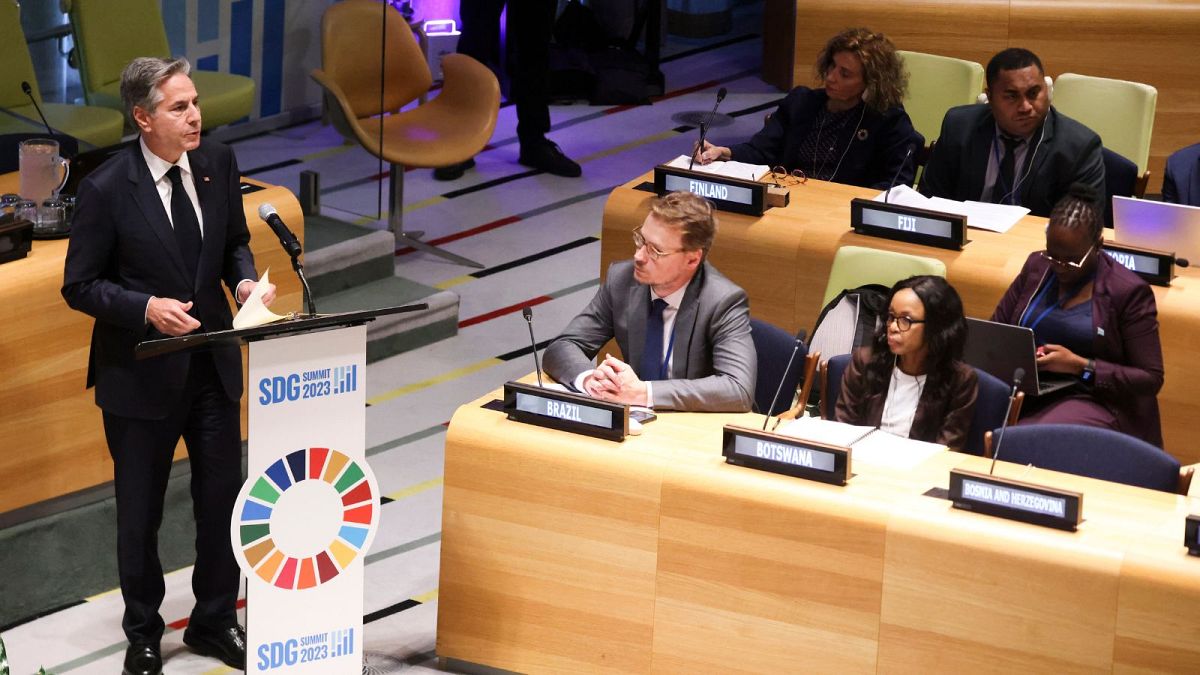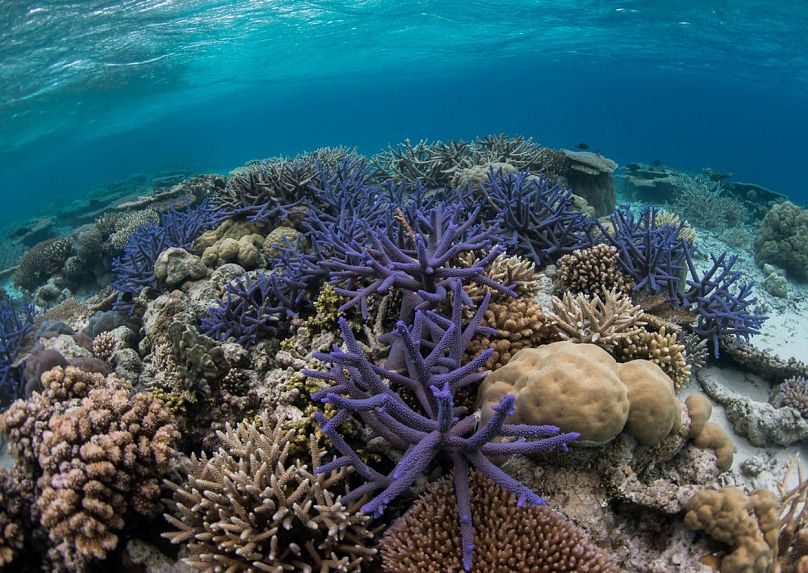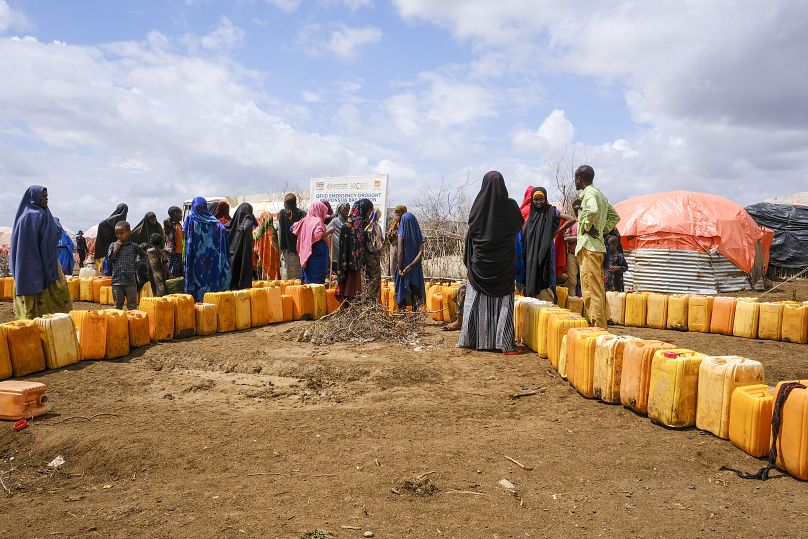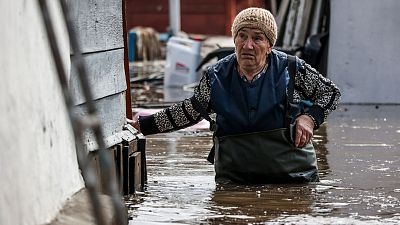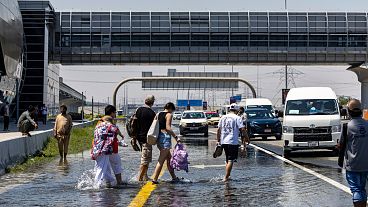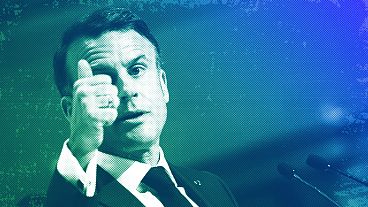Is sustainable development an oxymoron? Eight years on from the launch of the SDGs, little progress has been made.
The United Nations’ sustainable development goals declare lofty ambitions.
The 17 SDGs - and the hundreds of targets they encompass - aim to “free the human race from the tyranny of poverty and want and to heal and secure our planet”.
From reducing social inequality to building new hospitals to rapid decarbonisation, the suite of objectives seek to “transform” the world for future generations.
In September 2015, leaders from 193 countries set out this agenda. By 2030, the UN wants to end hunger, grant all children a quality education for free, halve extreme poverty, and rapidly expand the rollout of renewable energy.
But eight years on from their launch, we are falling behind on several key indicators - especially when it comes to ‘healing the planet’.
So why are we falling behind - and what needs to change?
Are the SDGs on track?
No one would dispute that ending poverty and inequality are important goals. But progress is stalling in these key areas, warns UN Secretary-General António Guterres.
“Hunger has increased and is back at 2005 levels. Gender equality is some 300 years away. Just 26 people have the same wealth as half of the world’s population,” he said in April.
The SDG Progress Report released in April shows that just 12 per cent of the Sustainable Development Goal targets are on track.
The environmental picture is particularly dire.
The SDGs call for urgent action to tackle global heating, conserve the ocean, and encourage responsible consumption.
Yet concentrations of carbon dioxide are at their highest level in 2 million years, while more than one species in five is now threatened with extinction.
“Our war on nature is accelerating. Emissions continue to rise - unbelievably,” Gutterres said.
These failures can be partly attributed to a lack of funding - described by the UN as a “financing black hole” - driven by rampant global inflation.
Before the pandemic, the annual SDG funding gap was €2.3 trillion. According to the Organisation for Economic Co-operation and Development (OECD), that figure is now at least €3.7 trillion. Climate finance commitments in particular are far below promised levels, with loss and damage funding missing in action.
When it comes to enforcing SDG funding, the UN does not have a very big stick to wield. The SDGs are not legally binding.
According to research published in 2021, there is “little evidence” that governments are actively pursuing the SDGs.
“Our research has shown that the SDGs lack any sizeable impact on political systems,” said Frank Biermann, professor at Utrecht University and the lead author of the 2021 study.
Without legislative incentive or adequate funding, it’s difficult to convert high-minded talk into action.
Can the SDGs become a form of greenwashing?
Many of the SDGs articulate noble ambitions. But the risk is that they become a form of greenwashing, a Trojan horse for non-sustainable practices.
“Mere talk can backfire by conferring legitimacy on unsustainable behaviour, letting corporate leaders wave colourful SDG flags while prizing profits above all else,” Biermann wrote in an article for The Conversation.
The SDGs also exhibit “mainstream” thinking about the climate crisis, claims Professor Karl Johan Bonnedahl of Umeå University.
In short, this is the idea that we can continue to pursue rampant growth and save the planet at the same time.
“In the United Nations’ 2030 Agenda, there is a commitment to achieve sustainable development ‘in its three dimensions - economic, social and environmental - in a balanced way,’” he said.
“But the idea of ‘balance’ is impossible here…there are conflicts between some of the goals.”
For example, building a massive road project might help a country reach goal 8 - which calls on governments to “sustain per capita economic growth.” But such an infrastructure project could also wreak havoc on a local ecosystem and increase emissions by encouraging driving.
Often, the countries that score highest on the SDG index - the ranking system marking countries on their overall SDG performance - have vast ecological footprints.
Finland, for example, tops the SDG Index. But Finnish people consume around 29.5 tonnes of stuff every year. We would need the material resources of four earths if everyone in the world consumed at this rate.
The country also emits 13 metric tons of carbon dioxide per capita per year - around 13 times the amount emitted by the average person in Africa.
So how can the country perform so well on the SDG index? Because it scores highly on the ‘development’ metrics even as it falls down on ‘sustainability’ ones.
This is not to say that the development goals like ending poverty and achieving gender equality aren’t vital too, of course. But when it comes to economics, the obsession with growth - baked into UN SDG 8, and throughout agenda 2030 - isn’t good for the planet.
Can development and sustainability coexist?
Gross Domestic Product is a measure of all the final goods and services produced in a country. It’s the metric by which many international organisations (including the UN) measure growth and development.
But GDP doesn’t take environmental impact into account. For example, pouring money into weaponry or fossil fuels would increase a country’s GDP. Indeed, US military expenditure accounts for 3 per cent of the country’s GDP.
But in a research paper published in March last year, Bonnedahl and co-authors describe GDP as ‘blind’ to the environment.
It’s a prime example of how ‘development’ and ‘sustainability’ aren’t always easy bedfellows.
“There is a phrase I like. It goes: sustainable development discourse is not always about sustainable development. It’s about sustaining development,” Bonnedahl said.
Bonnedahl and colleagues call for new SDGs which prioritise “strong sustainability” - taking into account ecological limits in terms of affluence and the growth of human population.
“The goals you choose aren’t neutral. They reflect particular values,” says Bonnedahl.
“So do we value saving the planet?”
